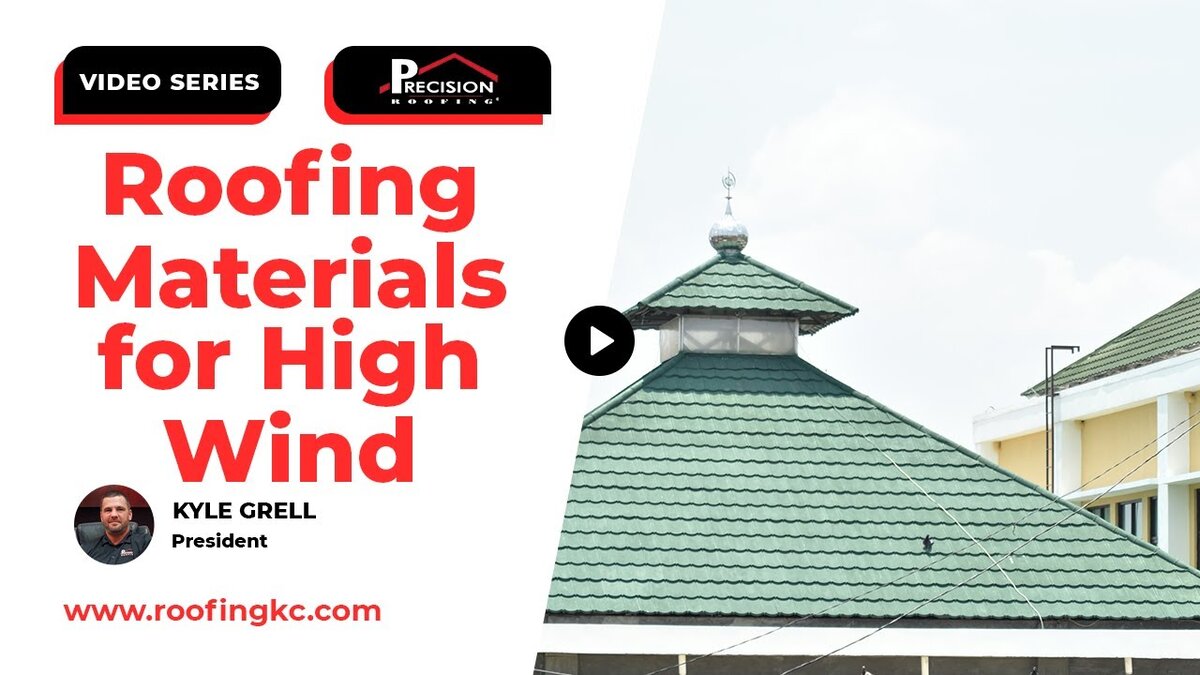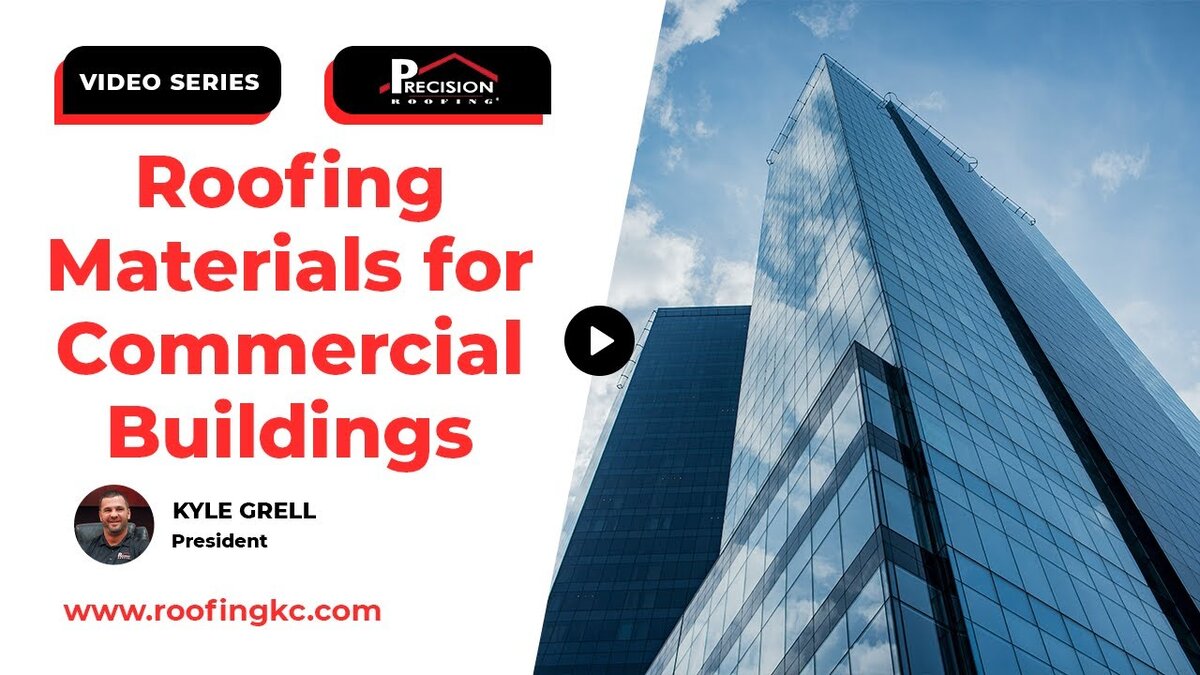Imagine standing at the curb, looking up at your beautiful new home. What’s the first detail that captures your attention? For many, it’s the roof—its style, texture, and the quality of its shingles define the first impression your home makes. Today, homeowners have more choices than ever when it comes to roofing materials, but the debate often centers around two popular types: 3-Tab Shingles and Architectural Shingles. Each offers unique benefits and drawbacks, but understanding the differences is key to making an informed decision that aligns with both your aesthetic preferences and functional needs.
3-Tab Shingles
3-tab shingles have been a long-standing option in the roofing industry due to their affordability and straightforward design. Each shingle strip has three tabs, giving the roof a very uniform and flat appearance. Historically, these were the go-to choice for homeowners on a tight budget or those looking to sell their home without investing heavily in exterior remodeling.
Architectural Shingles
On the other hand, architectural shingles, also known as dimensional or laminated shingles, are newer but have quickly gained popularity. They are known for their aesthetic appeal, resembling natural wood or slate. These shingles are constructed with multiple layers bonded together, which not only adds to their durability but also creates a rich, multidimensional look on the roof.
3-Tab Shingles vs Architectural Shingles
Cost and Value
Originally, 3-tab shingles were much less expensive than their architectural counterparts. However, the price gap has significantly narrowed. Nowadays, the material costs for both types of shingles are nearly identical. When considering the additional labor and waste associated with 3-tab shingles, the cost-effectiveness that once favored 3-tab shingles has largely disappeared.
Durability and Performance
When it comes to performance, architectural shingles generally offer superior durability. They are designed to withstand higher wind speeds and are less likely to sustain damage from hail compared to 3-tab shingles. The enhanced thickness and layering of architectural shingles also contribute to their increased resistance to wind uplift, making them a more robust option for areas prone to severe weather.
Aesthetic and Design Options
The aesthetic difference between the two shingle types is quite pronounced. 3-tab shingles offer a very flat and uniform look, which can be less appealing to homeowners looking for a more modern or textured roof appearance. Architectural shingles come in a variety of colors and styles, allowing for greater customization to complement the home’s architectural style.
Lifespan
Architectural shingles also boast a longer lifespan. While 3-tab shingles typically offer a service life of 20 to 30 years, architectural shingles can last 30 years or more with proper maintenance. This makes them a more cost-effective solution in the long term, despite the initially similar material costs.
Making the Right Choice
When choosing between 3-tab and architectural shingles, consider the long-term implications of your choice. While 3-tab shingles may seem like an economical option, the negligible difference in material cost and their lower durability make architectural shingles the more prudent choice for most homeowners today.
In Summary
3-tab shingles are becoming less common in the market due to their lower durability and less appealing design. Architectural shingles, with their superior performance, aesthetic variety, and comparable costs, are increasingly becoming the preferred choice for new roofs.
If you’re planning a roofing project and need guidance on selecting the best materials, please feel free to contact us. Our team of experts is ready to guide you through your options, ensuring you make a choice that not only meets your aesthetic preferences but also serves your long-term needs effectively.




